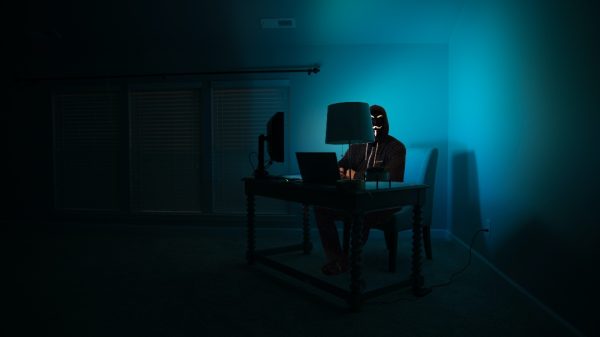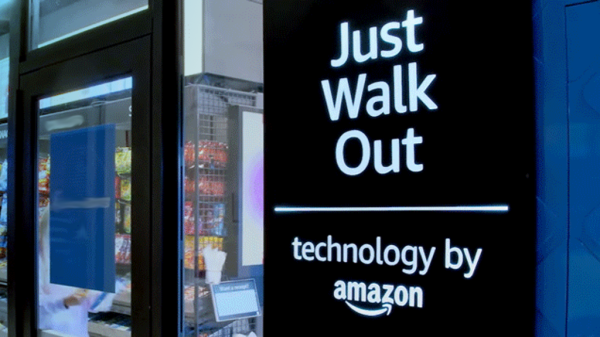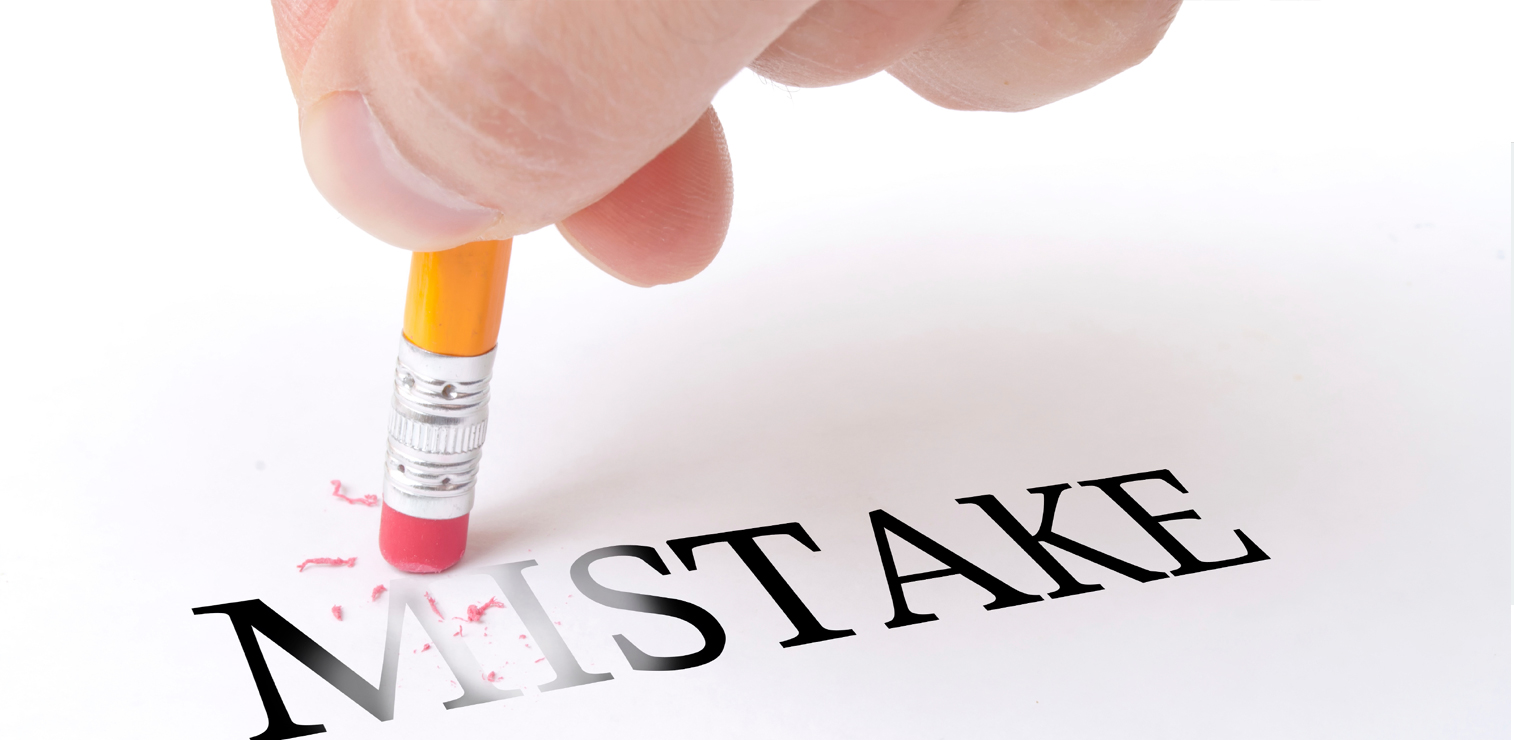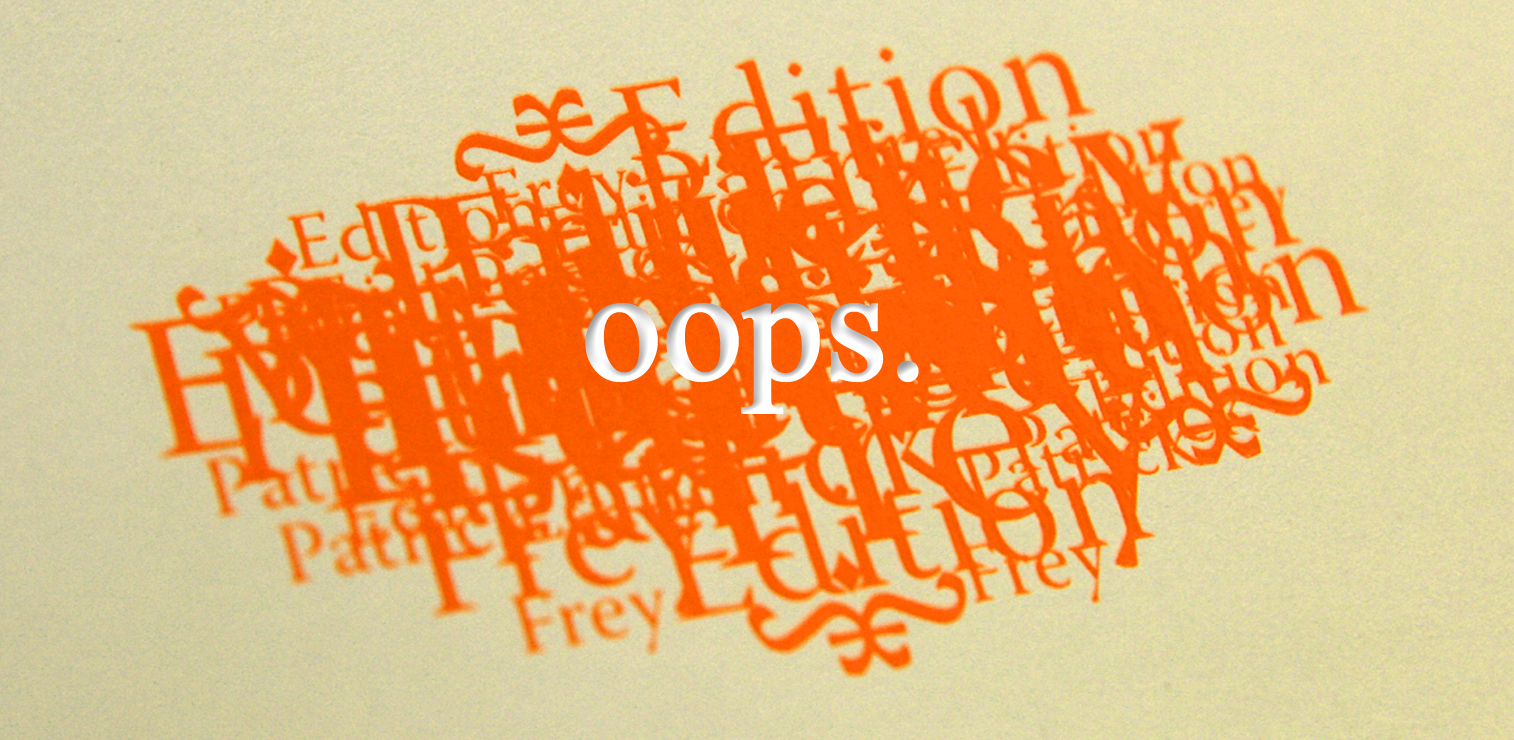 For years, we’ve been writing about real estate video techniques, videographers and trends and long ago, tech writers agreed that it was the next “big thing” but we’ve all been waiting for the day to come that it really mattered. Some people have been putting a tremendous amount of effort into video for years while some are waiting to jump in until there is evidence that there is consumer demand.
For years, we’ve been writing about real estate video techniques, videographers and trends and long ago, tech writers agreed that it was the next “big thing” but we’ve all been waiting for the day to come that it really mattered. Some people have been putting a tremendous amount of effort into video for years while some are waiting to jump in until there is evidence that there is consumer demand.
The day is here! But why doesn’t everyone using video have a competitive advantage? Let’s break it down- new data from comScore on web video engagement reveals that the total American audience engaged in over 5.6 billion viewing sessions in May and 83% of all Americans watched an online video in May.
Users averaged 15.9 hours of video in the month with Google sites (aka YouTube) remaining the top video site with 147.2 million unique viewers, 2.17 billion viewing sessions, averaging five hours spent per view in May alone. This statistic is astonishing. The increase is not only because of smartphones now coming with YouTube apps built in, but better speeds on phones, both of which increase the mainstream adoption of web video.
VEVO followed with 60.4 million viewers (and 309 million viewing sessions), with Yahoo (55.5 million viewers) and Facebook (48.2 million viewers) taking the third and fourth spots, respectively. Viacom Digital came in fifth with 46.5 million viewers.
The concept that videos over two minutes fail to resonate with consumers is not true despite previously held notions as comScore reports the average web video watches is currently just over five minutes long.
Video and real estate
While a rise in consumer demand of video does not directly imply a rise in demand for real estate video, it is our belief that current data shows that the day has come that video is the next “big thing” and Realtors should be involved. The problem with real estate involvement in video is that it is impossible not to create a video that is an advertisement- for your listing, your team, your brokerage, your personal brand or otherwise, and the data does not necessarily support that consumers are demanding commercial video.
That said, Realtors using video do have a competitive advantage (with a caveat in the next paragraph) because of the amount of video being consumed putting them in the right place at the right time. Think of it as an online store opening a retail front as akin to a standard Realtor opening a web video channel. People know about the online store (or the concept of a Realtor) and are into it, they accept it, but they may not know or care yet about the new retail front (or web video channel) because they’re content with what they have, but as they go to more and more retail fronts (or web video channels), the likelihood of a connection rises over time.
Also, because of this rise of video demand, a shaky cell phone video of a dark walk through of a property with heavy breathing as a Realtor walks up the stairs won’t cut it anymore (unless it’s humor, of course). Bad video is becoming akin to a 1997 template website as consumers are more experienced with quality video, and the “oh he’s new to it, it’s okay” mentality is now gone and consumers are becoming less forgiving. The true advantage only goes to the agents who are implementing quality video.
Lani is the COO and News Director at The American Genius, has co-authored a book, co-founded BASHH, Austin Digital Jobs, Remote Digital Jobs, and is a seasoned business writer and editorialist with a penchant for the irreverent.








































David Pylyp
June 18, 2011 at 6:44 pm
Very poor advise
I have over a hundred videos that are real estate Toronto topical and searchable
Have a look at YouTube. Search David Pylyp
Video permits my prospect clients to look at me before I ever meet them.
OOPs you are right. Agents should never use video to display their unique selling proposition or value for Homes west Toronto.
Thank you. I will keep doing it myself.
David Pylyp
Accredited Senior Agent Working in Toronto
BawldGuy
June 18, 2011 at 7:32 pm
Hey Lani — I'm inches away from incorporating video in my business. I'm basing it on the same thing that has proven so predictably effective with the written word: Content that isn't laughable.
If the typical agent is able to generate videos containing a couple levels above 'not laughable', I predict they'll be measurably successful. People are searching for expertise that will propel them towards the attainment of their own agendas. Most blogs and/or videos simply aren't gettin' that done, as measured by what I read here and elsewhere from agents themselves.
Content still trumps pretty much everything else — in my opinion.
I'd love to hear what others have to say, including you, AustinLady.
Matthew Leone
June 20, 2011 at 11:32 am
With over 900 videos since our debut of our video channel called Halstead ProperTV on our website halstead.com, we have experienced over 4.5 million total views to our video content that we syndicate to other sites and show on ours. We have sold properties from it, it is a virtual open house for a property tour. It is a 'get to know the agent before meeting them' with our agent video biographies. It is understanding the state of the market with our market report shows, and learning about a neighborhood with our neighborhood tours. Video is endless and provides us a clear return. It works and was the way of the future five years ago…it is the way you have to do business now. Check us out at halsteadproperTV.com.
Artur | Phoenix Real Estate
June 18, 2011 at 9:18 pm
"The true advantage only goes to the agents who are implementing quality video." Replace video with anything and you can call it a true advantage: blogs, facebook, twitter, mailers, phone conversations, marketing plan, photos of properties, website…
Ben Fisher
June 19, 2011 at 12:20 pm
Been considering going into video marketing a bit more. Once I find a viable option that will make it quick and easy and not expensive I may give it a shot.
Artur | Phoenix Real Estate
June 19, 2011 at 6:33 pm
I've been using imovie on the mac. It's easy and quick and the quality is as good as you want: low or high – up to you.
Christian Sterner
June 19, 2011 at 12:26 pm
Great post Lani! I agree with Artur's comment as well: quality is the differentiator in real estate marketing overall. There's a lot happening with video at the top end, brand-level of the real estate industry, all leading into the direction of quality content.
Where I would add a new element to the quality conversation going on here is that YouTube is not a video platform to be relied upon by professionals. It's statistically proven that YouTube itself accounts for very, very little of the views that occur on its site (for example, 60% of video views come directly from Google).
YouTube does not find video content on people's websites and send traffic. YouTube is an aggregator where viewers come (mostly from elsewhere) and stay.
WHERE videos are viewed matters a lot! When the real estate industry comes to realize the fact that videos properly indexed on their site is how conversions happen, we're going to see a lot more people using quality (and supported) video platforms.
hermanchan.com
June 19, 2011 at 11:53 pm
u gotta truly enjoy doing video, or else the clips will fail. the camera don't lie!
stephanie crawford
June 22, 2011 at 12:48 am
I agree Herman. I've dipped my toe in with video, but I'm far more comfortable with screencasts than I am with the camera on yours truly. Scary stuff. And it totally comes across.
Fred Light
June 20, 2011 at 4:51 am
It's always been about quality – but just as most Realtors are comfortable marketing a $500K property with dark, murky cell phone photos, they are just has comfortable marketing with shaky, nauseating, hand held "flip cam" videos. Sorry, the but the argument that consumers WANT raw, "real', footage is just B.S., but that's always the excuse I hear. Talk to the buyers – they'll tell you a very different story.
Regarding the length of videos, the 2-3 minute rule may be applicable for cats in the dryer, but real estate property videos are not the same. If people are INTERESTED in potentially buying a property, they WILL watch a longer video. Many times more than once. It's like a first showing. Our videos are watched almost entirely through most of the time, and all are 4-7 minutes in length. Why? Because it's being watched by people seriously interested in BUYING the home, not by people looking for entertainment or decorating ideas.
Greg Lyles
June 20, 2011 at 8:13 am
Agents can learn a lot about making videos from two sources: the pfre video for real estate group on Flickr and on vimeo.com where there are excellent tutorials on all aspects of making videos. If you scroll all the way to the bottom of the Vimeo home page, you'll see the video school link.
One agent who's doing it really well is Charlie Dresen. You can see his work at steamboatsmyhome.com.
Corri Corey
June 21, 2011 at 9:28 am
Video is an interesting beast to tackle. When we moved our blog to primarily video, we didn't know what to expect. But, the feedback has been great and we are continuing to grow in viewership, it's just a matter of proper execution.
Chris Stamey
June 21, 2011 at 6:45 pm
Interesting article, I'm a professional videographer looking to possible get started in real estate video. I think everyone's right about quality, now days people want to see polished professional looking video. I also think video sharing sites like vimeo or exposureroom express quality. Youtube is an amazing search engine, but an embedded youtube video on a professional website screams low quality. Just my perspective.
From an actually production side, I see a "real estate video" as a small feature film for the home. Use music and film tools like; dolly's, jib arms and camera stabilization to convey a "feeling" or story about the house. Maybe I'm wrong, but I think good creative visuals are far more powerful than some yapping voice-over. Here is an example I found, high production value & a nice watchable length vimeo.com/20696959
Andrew Mooers
October 17, 2011 at 7:38 pm
Consider your buyer is many states away for recreational land, waterfront vacation home, a victorian or farm property. Gas, time mean they are not so sure about the trip, new area and all. So the videos start with area, local community information. Then progress to the properties once you have the hailing frequency open, a channel found on their wavelength. The biggest critics of real estate video are not doing it. Or have one, two for their most expensive properties and that is all. Video, real video with 30 frames per second, natural sound and one on one friendliness is not death by Power Point and Kenny G or tinkling ivories only in the background. The audio is 40% of the video. Eyes AND ears more powerful, more remembered. They get better the more you shoot, edit, render, upload.
Video Marketing Ideas For Real Estate Agents
February 21, 2012 at 6:00 pm
Attracting homebuyers and home sellers to look and buy your properties, and to list their homes for sale with you is becoming harder and harder. Video marketing helps the agents and real estate companies to stand out most in their industry.
Mooersrealty
August 24, 2012 at 1:23 pm
They don’t have to win Emmies. They have to be helpful, consistent, predictable and available round the clock. Not just 9-5 hours is what makes these on line “open houses” so powerful.